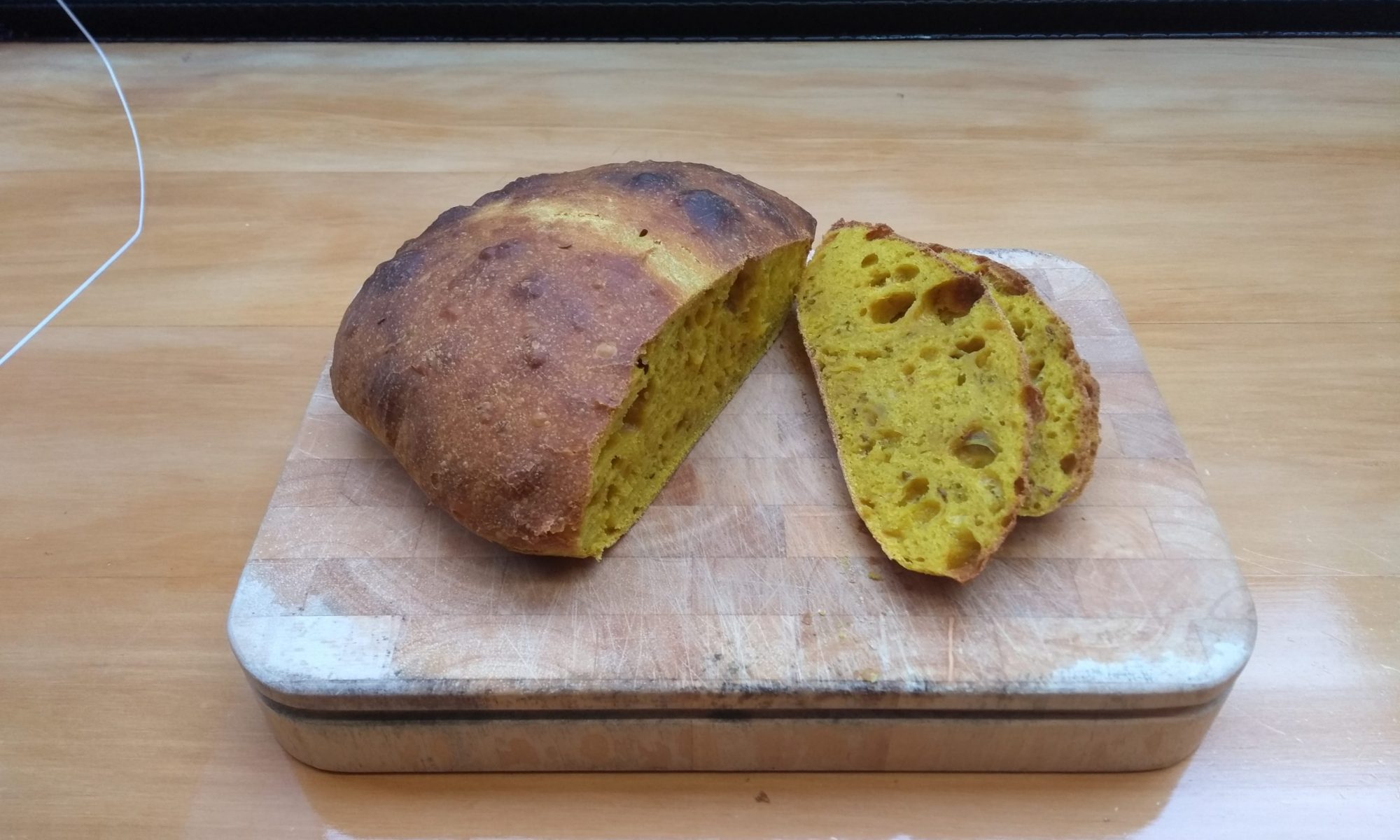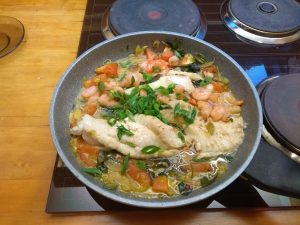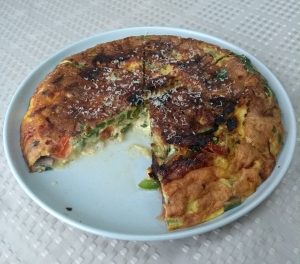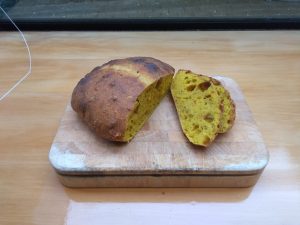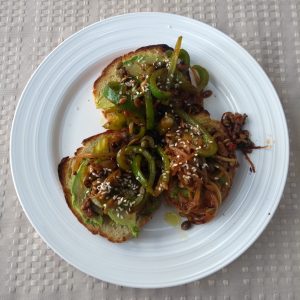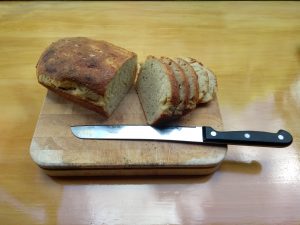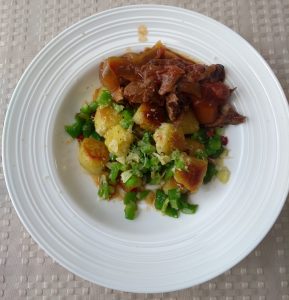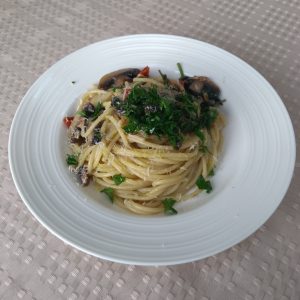
Simple flavours, big love. Food is one of the ways I express love and gratitude to others. Only two people in my life have been served this creation, but hopefully that number will increase in the future!
With plain, simple ingredients, there’s nowhere to hide – it’s all in the way you cook it. Two keys to success: using fresh produce (garlic, chilli, tomatoes and parsley) and seasoning the mushrooms. They make all the difference in the world to the final product. On this occasion I used wine (because we had some in the fridge), but in lieu of wine, salted pasta water works just as well. I also had to use sundried tomatoes (because cherry tomato prices have hiked in the lockdown) which wasn’t ideal but still worked okay. For the recipe that follows I’m including the ingredients I would use if everything was available.
Okay let’s go!
Mushroom pasta (vegan)
Serves: 2
Prep time: 15 minutes
Cooking time: 15 minutes
Total time: 30 minutes
Ingredients:
200g dried spaghetti
4 cloves garlic
1 fresh chilli
6 or 7 medium portobello mushrooms
4 cherry tomatoes
2 tsp capers
Splash of white wine
Salt and pepper
2 Tbsp extra virgin olive oil + extra to serve
Bunch of parsley
Pecorino (or parmesan) cheese (optional) would make it not-vegan
Instructions:
- Bring a large pot of well-salted water to the boil. Add the spaghetti, taking care not to break them. Keep an eye on this, stirring occasionally to prevent from sticking to each other or the bottom of the pot. We want to cook the spaghetti until just before it is al dente, then finish the cooking process in the pan.
- In the meantime, thinly slice garlic and chilli, removing the seeds of the chilli if you don’t want it too spicy. Slice the mushrooms thickly and halve the cherry tomatoes.
- In a large pan over medium heat, fry the garlic and chilli in a good amount of olive oil (nominally two tablespoons) for about a minute or two before adding mushrooms and capers and frying for an extra minute. Season well with salt and pepper.
- Add a splash of white wine to the pan. As Gennaro would say “the wine you drink is the wine you use”. Add the cherry tomatoes and continue to cook.
- By now the spaghetti will be pretty much ready. The best description I can provide about when the spaghetti is done is when it is pretty much cooked but still has slightly too much bite to it. At this point, drain the spaghetti, reserving a cup of the pasta water.
- Turn the heat in the pan up to high and add the drained spaghetti. Saute. The spaghetti will soak up the liquid, so add the pasta water in small amounts as required. This part is key because the starches in the pasta water mixed with the olive oil provide thickness/creaminess to the sauce and ensure the sauce sticks to the spaghetti rather than pooling at the bottom. This part takes a bit of practice to know when the spaghetti is done and to know how much pasta water to add – you want just enough that there’s a bit of sauce but it’s not swimming in it.
- Take off the heat and stir through some chopped parsley and more fresh olive oil. Taste, and add salt if required.
- Serve topped with a bit more parsley and olive oil, plus a cheese like pecorino if you wish (would become non-vegan).
Concluding remarks: Step 6 is the key for pretty much every pasta dish ever. It’s one that takes practice, but at least every time you practice you’ll get a treat at the end!
